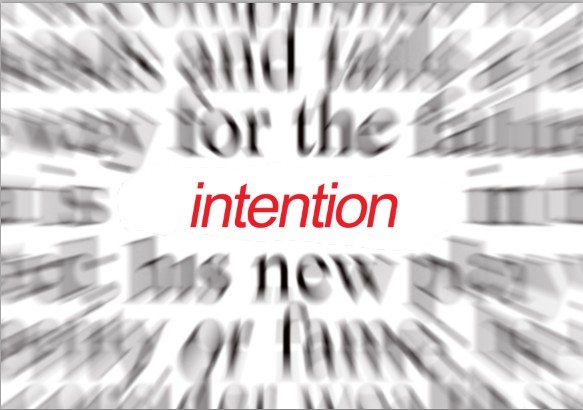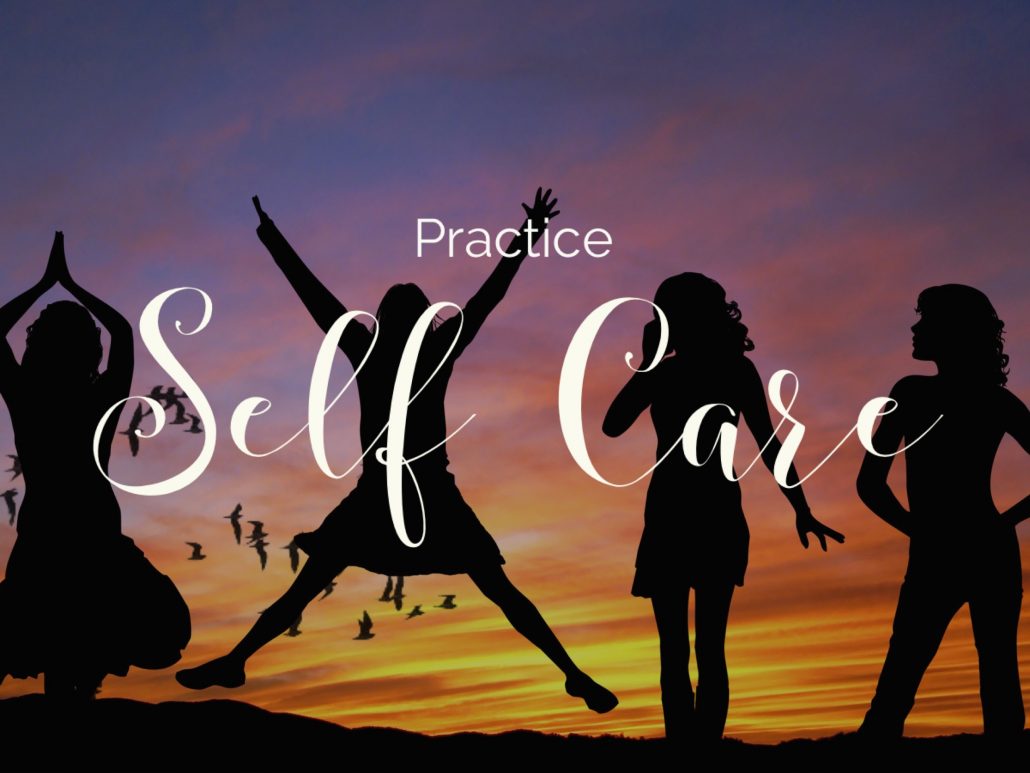The Power of Intention in Recovery
Recently my friend Kayleigh told me about the greatest turning point in her life: seven years ago, she realized that her fervent mission to live a life of achievement was causing her unhappiness and poor health. “Achievement wasn’t the right intention for me,” she admitted. “So I shifted my intention to living a life of peace.” Intention in recovery is powerful.
Several days after this “aha” moment, Kayleigh stopped in her tracks while racing to her Saturday morning exercise class. She spotted a cozy cafe on the corner, where a lady sat sipping a cappuccino and leisurely reading the morning paper. Is that how someone with an intention of peace spends a Saturday morning? Kayleigh wondered. “I felt pulled by two parts of myself in two different directions – Achievement Kayleigh insisted I scurry to class, and Peaceful Kayleigh nudged me in the direction of the cafe.”
 Although Kayleigh does not struggle with an eating disorder, her story highlights a fundamental question asked time and again by individuals working on recovery:
Although Kayleigh does not struggle with an eating disorder, her story highlights a fundamental question asked time and again by individuals working on recovery:
What intention supports my recovery, and how can I best show up in the service of my intention?
Defining Intention
An intention is a statement that directs our attention towards our aim. We use our intentions to guide our thoughts and actions towards our goals. They are tremendously powerful: they direct our actions, which become our habits, which create our character, which shapes our life. This is why it is so crucial to be aware of intention in recovery, and to shift them if they are not serving us.
In order to discover the best intention for us, we listen to our intuition, to our heart. In yoga, intention is correlated with “san culpa,” which means “heart’s longing.”
During my fourteen years in an eating disorder, I did not listen to my heart’s longing. I instead listened to ED’s mandate, that came from my head, which felt safe and rational and orderly. My heart scared me – it seemed messy with emotions, tender and unpredictable! But when I embarked on recovery, I knew I needed to access my heart in order to attune to what my Healthy Self really wanted. And sure enough, my heart’s longing led me to the intention that guides the behaviors that serve recovery.
In my ED, one of my primary intentions was to be in control, in order to meet my goal of safety and comfort in what felt like a very unsafe and scary world. The actions that resulted from that intention were rigid and limiting behaviors. But in recovery, to meet that same goal of safety and comfort, my intention is to be in loving connection with myself and others. When I abide by this intention, my behaviors follow suit, and I achieve a more authentic experience of safety and comfort. And when I do feel scared or unsafe, I breathe. I reach out. I turn to someone for a hug. I let my intention of loving connection guide me.
The Ripple Effect
One of the amazing elements of an intention is that when it is applied to one very specific realm in life, it often ripples out to all realms.
I began by practicing my intention in recovery – to be in loving connection – with my food, but it evolved to guide my self-talk, movement, and relationships with others. Over time, although it has become instinctual, I still consciously practice with my food, self, and others everyday. For example, I take three deep breaths before eating. I offer gratitude for my food. I greet it with curiosity and sensory awareness, looking, smelling, and tasting it attentively. I speak to myself like a loving parent instead of a berating critic. I make plans with the people I love most and do not cancel those plans, which was what my ED often insisted I do. To be in loving connection proved to be not only my best intention, resulting in the healthiest actions, but the antidote to my ED-driven life.
Intention in Recovery
Your unique, best intention for your own recovery today is present in you. Here is a simple way to get in touch with and practice your intention (make sure to have a piece of paper and pen nearby):
- Find a comfortable seat, or perhaps lie down. Become quiet and still. Take five deep, relaxing breaths. On every exhale, allow any tension in your body to melt into the earth.
- Place your attention on your heart space. Imagine breathing into your heart, then exhaling out of your heart.
- Ask yourself: What is my intention in recovery today? To practice self-love? To be courageous? To be gentle? To be spontaneous?
- Gently open your eyes and pick up your pen. Write down the intention that most resonated with you in this moment.
- Commit to showing up in the service of this intention for one day, or even for one hour. Let it guide your choices, your thoughts, and your actions. If you falter, take a deep breath of forgiveness (you are human!), reread your intention, and return to practicing that intention.
—-
Blog post written by Annie Robinson, Eating Disorder Recovery Specialist staff member



